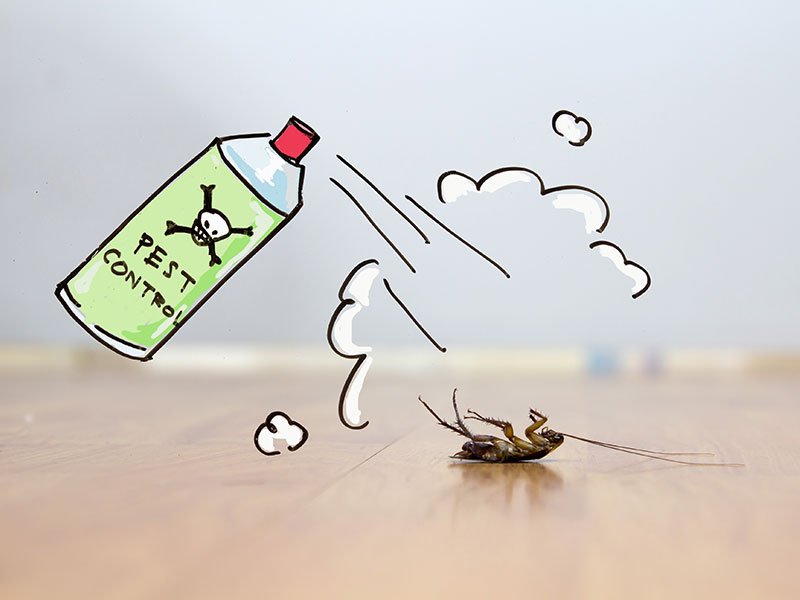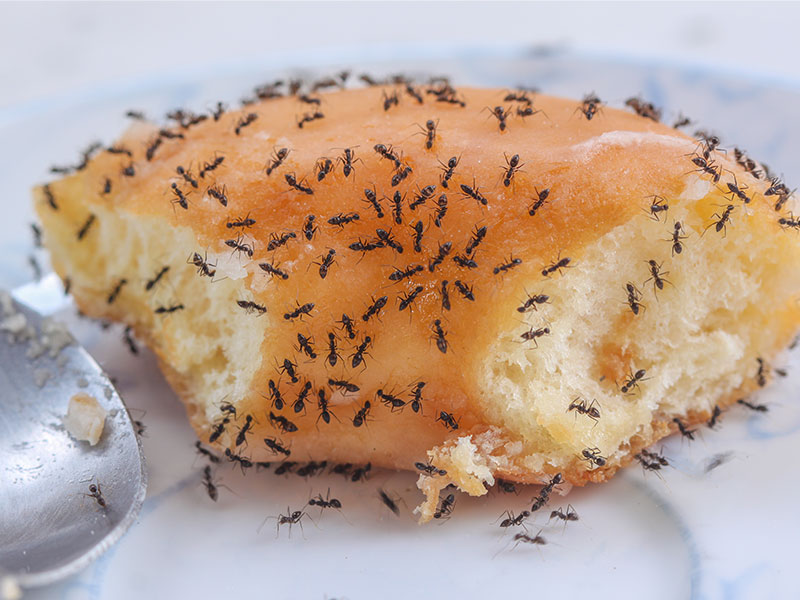How to Get Rid of Common Household Pests

Most Common Household Pests
What defines “common household pests” varies depending on geographic region. In the Southwest, homeowners keep their eyes out for bark scorpions and rattlesnakes; in the Pacific Northwest, residents battle Firebrats and Silverfish.
But there are some pests that homeowners will encounter from coast to coast and boarder to boarder. While they may be small, these pests can do some serious damage if not properly mitigated in a timely fashion.
- Mice and Rats
Rodents are drawn to your homes’ warmth as the seasons change, as well as garbage and food. Mice and rats burrow in walls, under floorboards, and in other sheltered locations like sheds, basements, and attics.
The Problem:
Rodents are notorious disease-carriers. These pesky pests harbor potentially dangerous infections like Lyme disease and typhus. Plus, they can contaminate floors and other surfaces with feces.
- Cockroaches
Cockroaches are ubiquitous, especially in urban areas. These ancient bugs love warm, humid spaces, such as bathrooms and kitchens, as well as drains and heating pipes.
The Problem:
Besides giving the illusion of an unkempt household, cockroaches are an extreme allergen, especially in children. Roches have also been known to transmit bacteria like Salmonella, parasitic worms and more.
- Earwigs
Another common creepy-crawler, earwigs are mostly just annoying. They are drawn to dampness and humidity, both indoors and out.
The Problem:
These bugs are attracted to light, as well as the aroma of food. Infestations can wreak havoc on plants. Also, earwigs’ pair of forceps can leave a stinging pinch.
- Carpenter Ants
Though relatively harmless, carpenter ants are a nuisance.
The Problem:
Carpenter ants do not eat wood, but they do carve out galleries by chewing tunnels. The galleries weaken wooden structures.
- Termites
Termites live in the soil beneath homes. While they are attracted to damp and decaying wood, they will happily eat dry lumber as well.
The Problem:
Voracious eaters, termites can decimate wooden structures, including houses. According to reports, termites cause approximately $750 million worth of property damage each year.
Ways to Keep Common Household Pests at Bay:
The most effective methods for pest eradication are preventative. Usually, once the infestation takes hold, the only course of action requires harsh repellants, sprays, and poisons, which are potentially hazardous to your household.
 Keep Clean
Keep Clean
Food entices most common household pests. To keep bugs at bay, be sure you are keeping clean when it comes to food. Clean up any messes or spills, store dry food in tightly sealed containers, and take your trash out often.
Stay Dry
As noted before, lots of pests are particularly attracted to water, so make sure to keep your house nice and dry. Eliminate stagnant water near your house, wipe up spills, and fix anything that is dripping water.
Quick Fix
It is important to repair any cracks, holes, and openings that may be allowing pests into your home. Caulk around windows and baseboards, patch your window screens and apply weather stripping for extra assurance.
If your pest problem has gotten out of hand, or you’re not sure where to start, call a professional for peace of mind, like Inspect-It 1st. In addition to performing pre-listing and pre-purchase inspections, we also offer pest and termite inspections. Contact your local Inspect-It 1st franchise to learn more.

 Keep Clean
Keep Clean